Home>Furniture & Design>Outdoor Furniture>How To Build An Outdoor Riding Arena
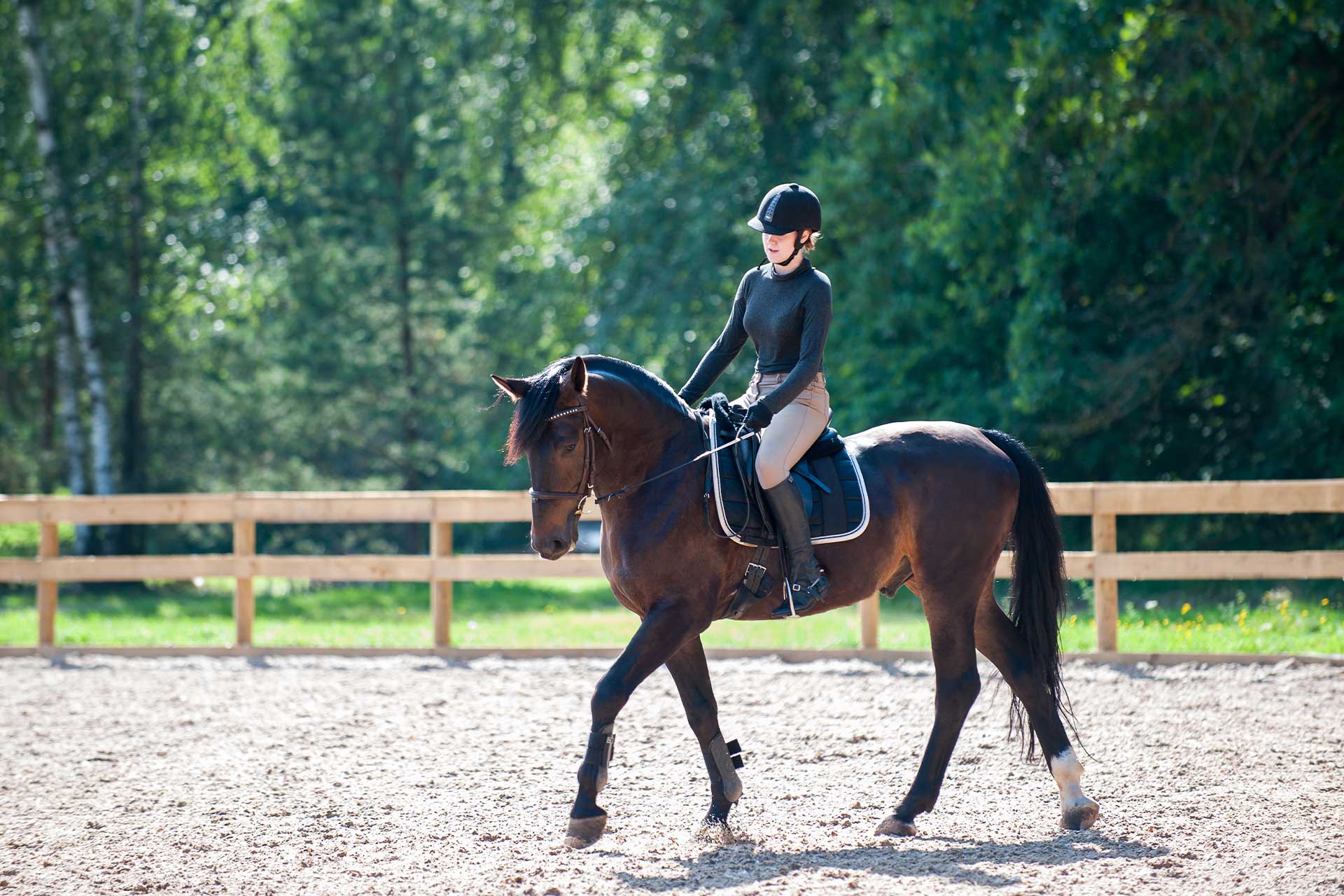

Outdoor Furniture
How To Build An Outdoor Riding Arena
Modified: August 27, 2024
Learn how to build an outdoor riding arena with our expert tips and advice. Create the perfect space for your outdoor furniture and design.
(Many of the links in this article redirect to a specific reviewed product. Your purchase of these products through affiliate links helps to generate commission for Storables.com, at no extra cost. Learn more)
Introduction
Welcome to the world of equestrian sports and the joy of riding! Whether you are a passionate equestrian or a professional horse trainer, having a well-constructed outdoor riding arena is essential for practicing and training your equine companions. A properly designed and maintained riding arena not only provides a safe and comfortable space for both riders and horses but also enhances the overall riding experience.
In this comprehensive guide, we will delve into the essential steps and considerations for building an outdoor riding arena. From selecting the right location to choosing the appropriate materials and executing the construction, each stage plays a crucial role in creating a functional and durable riding arena. We will also explore the key factors involved in planning, designing, and maintaining the arena to ensure its longevity and optimal performance.
Whether you are a seasoned equestrian enthusiast or a newcomer to the world of horse riding, this guide aims to equip you with the knowledge and insights needed to embark on the journey of constructing a top-notch outdoor riding arena. So saddle up, and let's explore the intricacies of building a riding arena that will serve as a haven for equestrian pursuits and a testament to the timeless bond between humans and horses.
Key Takeaways:
- Selecting the right location, planning, and designing are crucial for building a safe and comfortable outdoor riding arena. It’s important to consider factors like topography, drainage, and sunlight exposure to create a functional space for riders and horses.
- Maintaining the riding arena is essential for preserving its quality and safety. Regular grooming, drainage inspection, and infrastructure checks help ensure a reliable and enjoyable riding experience for horses and riders.
Read more: How To Store Ride On Toys
Selecting the Right Location
Choosing the ideal location for your outdoor riding arena is the foundational step in the construction process. The selected site will significantly impact the functionality, safety, and longevity of the arena. Here are the key considerations for selecting the right location:
- Topography: Assess the natural topography of the site to ensure it is relatively flat and free from major slopes or uneven terrain. A level surface is crucial for the proper installation and use of the arena.
- Drainage: Adequate drainage is essential to prevent water accumulation and maintain a stable riding surface. Avoid low-lying areas prone to waterlogging and consider the natural flow of water on the site.
- Sunlight Exposure: Position the arena to maximize natural sunlight exposure, which can aid in drying the riding surface and create a comfortable environment for riders and horses.
- Wind Direction: Consider prevailing wind patterns when determining the orientation of the arena. Strategic placement can minimize the impact of strong winds during riding sessions.
- Accessibility: Ensure convenient access to the arena from existing barns, stables, or other equestrian facilities. Access roads and pathways should be designed to accommodate horse trailers and other vehicles.
Furthermore, it is essential to comply with local zoning regulations and obtain any necessary permits before commencing the construction of the riding arena. Engaging with a professional land surveyor or consulting with experienced equestrian facility designers can provide valuable insights into site suitability and regulatory requirements.
By carefully evaluating these factors and selecting a location that aligns with the specific needs of riders and horses, you can lay a solid foundation for the successful development of an outdoor riding arena that harmoniously integrates with its natural surroundings.
Planning and Designing the Arena
Once the ideal location for the outdoor riding arena has been identified, the next crucial phase involves meticulous planning and thoughtful design. This stage sets the stage for creating a functional, safe, and visually appealing arena that caters to the diverse needs of riders and horses. Here are the key aspects to consider during the planning and design process:
- Size and Layout: Determine the appropriate dimensions of the riding arena based on the intended use, such as training, recreational riding, or competitive events. The layout should allow for various riding patterns and accommodate jumps or obstacles if needed.
- Footing Materials: Selecting the right footing materials is paramount to ensuring optimal traction, shock absorption, and stability for horses. Options range from sand and rubber mixtures to specialized synthetic surfaces, each offering unique benefits for different riding disciplines.
- Perimeter Fencing: Design a sturdy perimeter fencing system to enclose the arena and provide a safe environment for riders and horses. The fencing should be durable, visible, and designed to withstand the rigors of equestrian activities.
- Lighting and Shelter: If the arena will be used during evening hours or in inclement weather, consider incorporating lighting fixtures and shelter structures to enhance visibility and provide protection from the elements.
- Landscaping and Surroundings: Integrate landscaping elements around the arena to enhance its aesthetic appeal and blend harmoniously with the natural surroundings. Consider planting vegetation that offers shade and windbreaks while complementing the overall design.
Collaborating with experienced equestrian facility designers or architects can provide invaluable expertise in translating your vision into a well-executed arena design. Additionally, seeking input from trainers, riders, and other equestrian professionals can offer diverse perspectives that contribute to the functionality and versatility of the arena.
By carefully planning and designing the outdoor riding arena with attention to detail and a focus on the well-being of both riders and horses, you can create a space that facilitates the pursuit of equestrian excellence while showcasing the beauty of equine athleticism and companionship.
Preparing the Ground
The process of preparing the ground for the construction of an outdoor riding arena is a critical phase that directly impacts the stability, drainage, and overall performance of the arena surface. Proper ground preparation involves a series of essential steps to ensure a solid foundation for the riding arena. Here’s a detailed overview of the key tasks involved in preparing the ground:
- Site Clearing and Grading: Begin by clearing the site of any vegetation, debris, or obstacles that may interfere with the construction process. Subsequently, the ground should be graded to achieve a level and uniform surface, addressing any existing slopes or irregularities.
- Drainage Considerations: Assess the natural drainage patterns of the site and implement measures to facilitate proper water runoff and prevent water accumulation on the arena surface. This may involve the installation of drainage systems, such as French drains or sub-surface drainage pipes.
- Base Construction: Establishing a stable base for the riding arena is crucial for long-term durability and performance. This typically involves the addition of a compacted layer of aggregate material, such as crushed stone or gravel, to create a solid foundation that can withstand heavy equestrian use.
- Surface Alignment: Ensure precise alignment and leveling of the base material to create a consistent and even surface for the subsequent installation of footing materials. Laser-guided grading equipment can be employed to achieve the desired surface contours and uniformity.
- Compaction and Testing: Thoroughly compact the base material to achieve the required density and stability. Subsequent testing, such as moisture content and compaction density analysis, can validate the adequacy of the prepared ground and identify any areas requiring further attention.
It is imperative to engage experienced grading and excavation contractors who specialize in equestrian facility construction to execute the ground preparation phase with precision and expertise. Additionally, adhering to industry standards and best practices for ground preparation ensures that the riding arena is equipped to withstand the demands of equestrian activities while promoting the safety and well-being of horses and riders.
By meticulously preparing the ground with a focus on stability, drainage, and quality construction, you lay the groundwork for a resilient and high-performing outdoor riding arena that will serve as a cornerstone for equestrian pursuits and the celebration of equine athleticism.
When building an outdoor riding arena, make sure to properly prepare the base by leveling the ground, adding a layer of geotextile fabric, and then adding a layer of sand or other suitable footing material to ensure good drainage and footing for your horses.
Choosing the Right Materials
When it comes to constructing an outdoor riding arena, the selection of appropriate materials is pivotal in ensuring the comfort, safety, and performance of both horses and riders. From footing materials to perimeter fencing, each component plays a crucial role in creating a durable and functional arena. Here’s a comprehensive overview of the key materials to consider for building a top-quality riding arena:
- Footing Materials: The footing material forms the riding surface of the arena and directly impacts traction, shock absorption, and stability for horses. Common options include sand, rubber mixtures, textile blends, and synthetic surfaces, each offering distinct benefits for various riding disciplines and environmental conditions.
- Base Layer Aggregate: The base layer of the arena comprises aggregate materials such as crushed stone, gravel, or specialized geotextile products. These materials provide a stable foundation for the footing and contribute to effective drainage and load-bearing capacity.
- Perimeter Fencing: Select durable and highly visible fencing materials to enclose the riding arena and ensure the safety of riders and horses. Options include wooden rail fencing, PVC fencing, high-tensile wire, and mesh fencing, chosen based on durability, visibility, and aesthetic appeal.
- Lighting Fixtures: For arenas intended for evening or low-light use, high-quality lighting fixtures are essential to ensure optimal visibility and safety. LED floodlights and arena-specific lighting systems are popular choices for illuminating the riding surface effectively.
- Shelter Structures: Consider incorporating shelter structures, such as covered viewing areas or horse shelters, using durable and weather-resistant materials to provide protection from sun, rain, and other environmental elements.
When selecting materials for the riding arena, it is crucial to prioritize quality, durability, and suitability for equestrian use. Consulting with experienced equestrian facility builders and suppliers can offer valuable insights into the best material options based on specific riding disciplines, climate considerations, and long-term maintenance requirements.
By carefully choosing the right materials that align with the functional, aesthetic, and safety needs of the riding arena, you can ensure the creation of a well-appointed and resilient equestrian space that enhances the riding experience and fosters the well-being of horses and riders alike.
Read more: How To Build Outdoor Furniture
Building the Arena
The construction phase of an outdoor riding arena represents the culmination of meticulous planning, precise design, and thoughtful material selection. Executing the building process with precision and attention to detail is essential in creating a safe, durable, and visually appealing arena that meets the needs of equestrian enthusiasts. Here’s a comprehensive overview of the key steps involved in building a top-quality riding arena:
- Footprint Layout: Begin by marking the precise footprint of the arena based on the approved design and dimensions. This step ensures accurate placement and alignment of the arena within the designated site.
- Base Installation: Implement the construction of the base layer, including the addition and compaction of aggregate materials to establish a stable foundation for the riding surface. Proper base installation is crucial for long-term stability and drainage.
- Footing Installation: Once the base is in place, proceed with the installation of the selected footing materials, such as sand, rubber mixtures, or synthetic surfaces. Careful application and leveling of the footing material are essential to achieve the desired riding surface characteristics.
- Perimeter Fencing: Erect durable and highly visible perimeter fencing around the arena to enclose the space and ensure the safety of riders and horses. The installation of secure fencing is vital for delineating the arena boundaries and preventing unauthorized access.
- Lighting and Shelter Installation: If applicable, install lighting fixtures and shelter structures according to the approved design plans, ensuring proper placement and functionality to enhance visibility and provide protection from the elements.
- Quality Assurance: Throughout the construction process, conduct regular quality checks and inspections to verify the proper installation of materials, alignment of features, and adherence to design specifications. Address any discrepancies promptly to maintain construction integrity.
Collaborating with experienced equestrian facility builders and construction professionals is instrumental in ensuring the successful execution of the arena building process. Their expertise, combined with adherence to industry standards and best practices, contributes to the creation of a high-quality riding arena that reflects the vision and functionality desired by riders and trainers.
By approaching the building phase with a focus on precision, quality craftsmanship, and attention to detail, you can bring to life an outdoor riding arena that not only serves as a testament to equestrian excellence but also fosters a supportive and inspiring environment for the pursuit of equine passion and athleticism.
Maintaining the Riding Arena
After the successful construction of an outdoor riding arena, diligent maintenance is essential to preserve its functionality, safety, and visual appeal over time. Regular upkeep and care contribute to the longevity of the arena and ensure a consistent and reliable riding experience for horses and riders. Here’s an overview of the key maintenance practices to uphold the quality and performance of the riding arena:
- Surface Grooming: Regularly groom the riding surface to maintain proper footing consistency, redistribute footing materials, and address any uneven areas or compaction issues. This promotes optimal traction and shock absorption for horses during training and riding sessions.
- Drainage Inspection: Periodically inspect the arena’s drainage systems to ensure they remain clear and functional. Address any drainage issues promptly to prevent water accumulation and preserve the stability of the riding surface.
- Fencing and Infrastructure Checks: Routinely inspect the perimeter fencing, lighting fixtures, and shelter structures for signs of damage, wear, or malfunction. Promptly repair or replace any compromised components to maintain safety and functionality.
- Footings Assessment: Evaluate the condition of the footing materials and underlying base regularly. Address any signs of erosion, compaction, or contamination to uphold the performance and resilience of the riding surface.
- Weed and Vegetation Control: Manage vegetation growth around the arena to prevent encroachment onto the riding surface and maintain a clear perimeter. This includes regular mowing, trimming, and weed control measures.
- Seasonal Considerations: Adjust maintenance practices based on seasonal changes, such as snow removal in colder climates and dust control during dry periods. Adapting maintenance routines ensures the arena remains functional and safe year-round.
Engaging with experienced equestrian facility maintenance professionals or consulting with arena construction experts can provide valuable guidance on developing a tailored maintenance schedule and implementing best practices for arena care. Additionally, seeking input from trainers and riders can offer insights into specific maintenance needs based on the frequency and intensity of arena use.
By prioritizing consistent and proactive maintenance, you can uphold the integrity and performance of the riding arena, creating a reliable and inviting space for equestrian pursuits while demonstrating a commitment to the well-being and safety of horses and riders.
Frequently Asked Questions about How To Build An Outdoor Riding Arena
Was this page helpful?
At Storables.com, we guarantee accurate and reliable information. Our content, validated by Expert Board Contributors, is crafted following stringent Editorial Policies. We're committed to providing you with well-researched, expert-backed insights for all your informational needs.
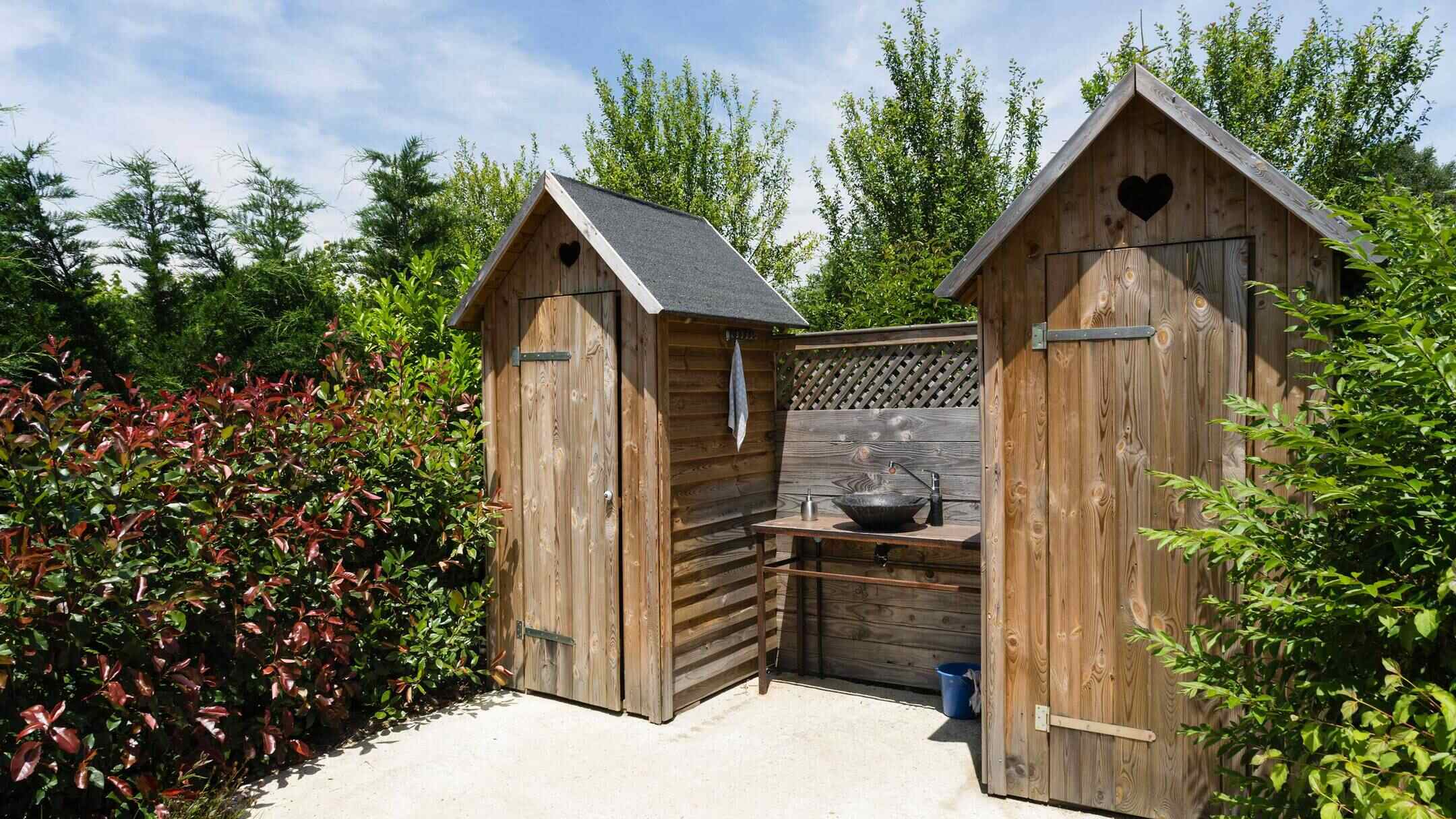
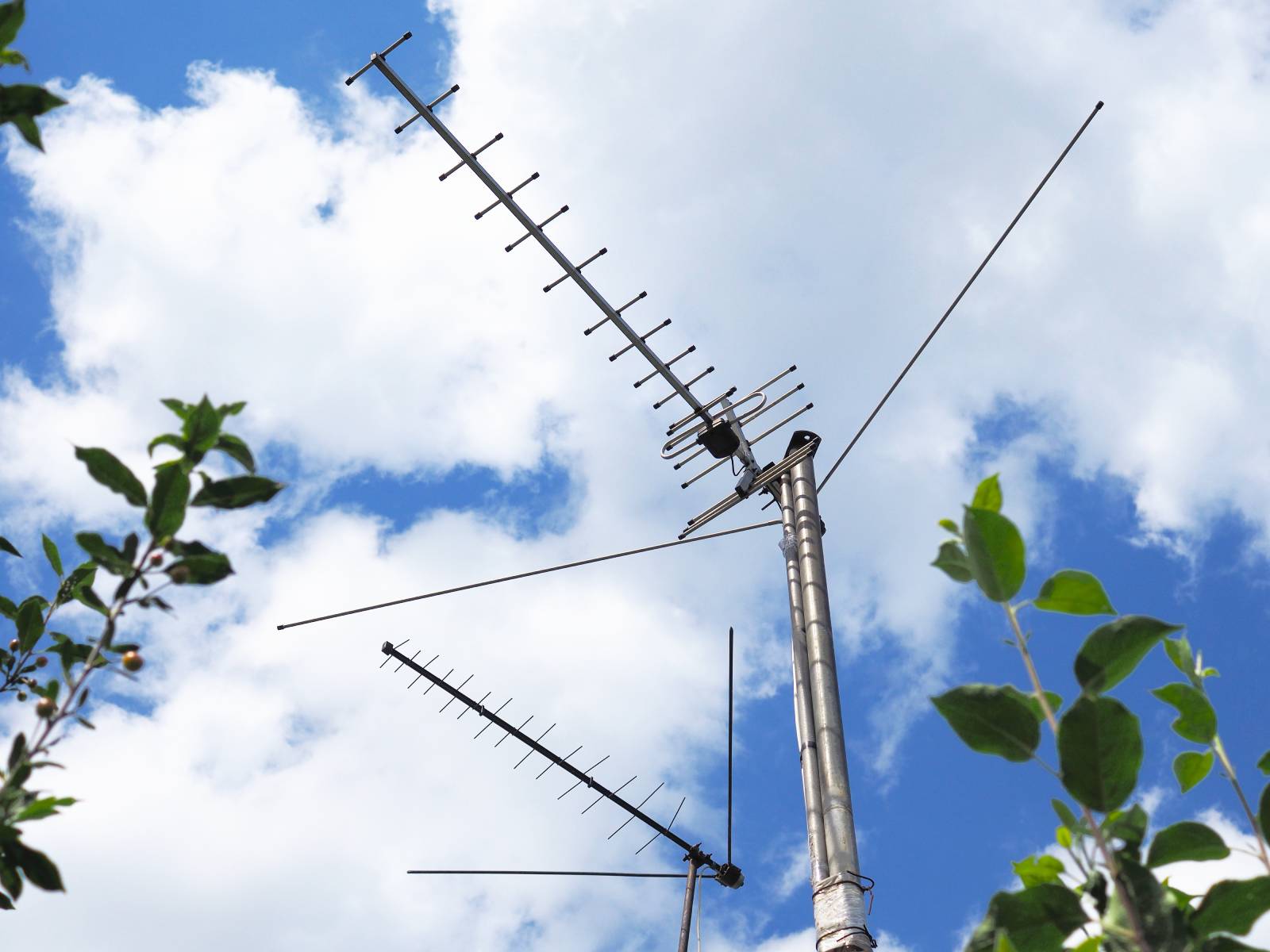
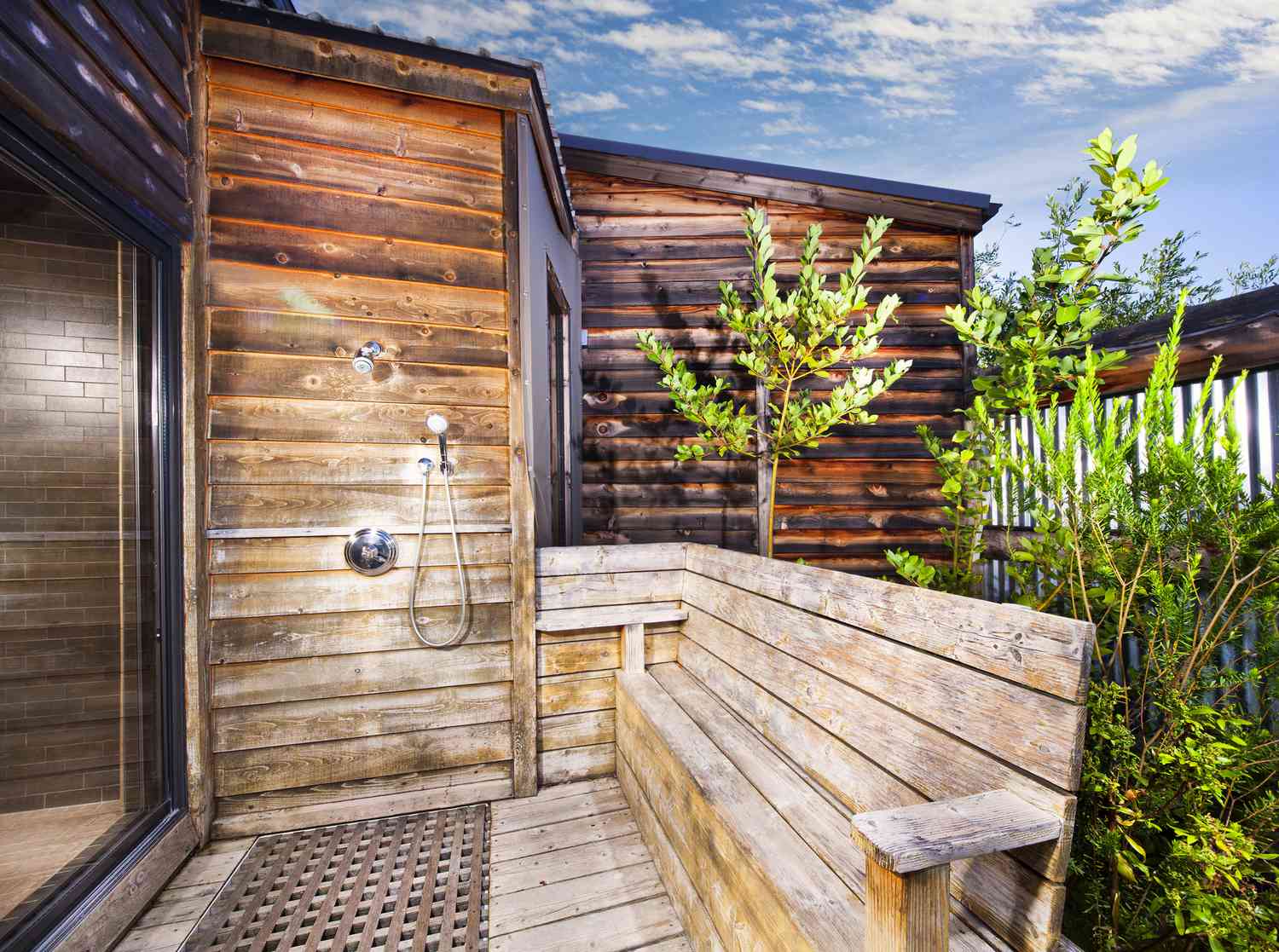
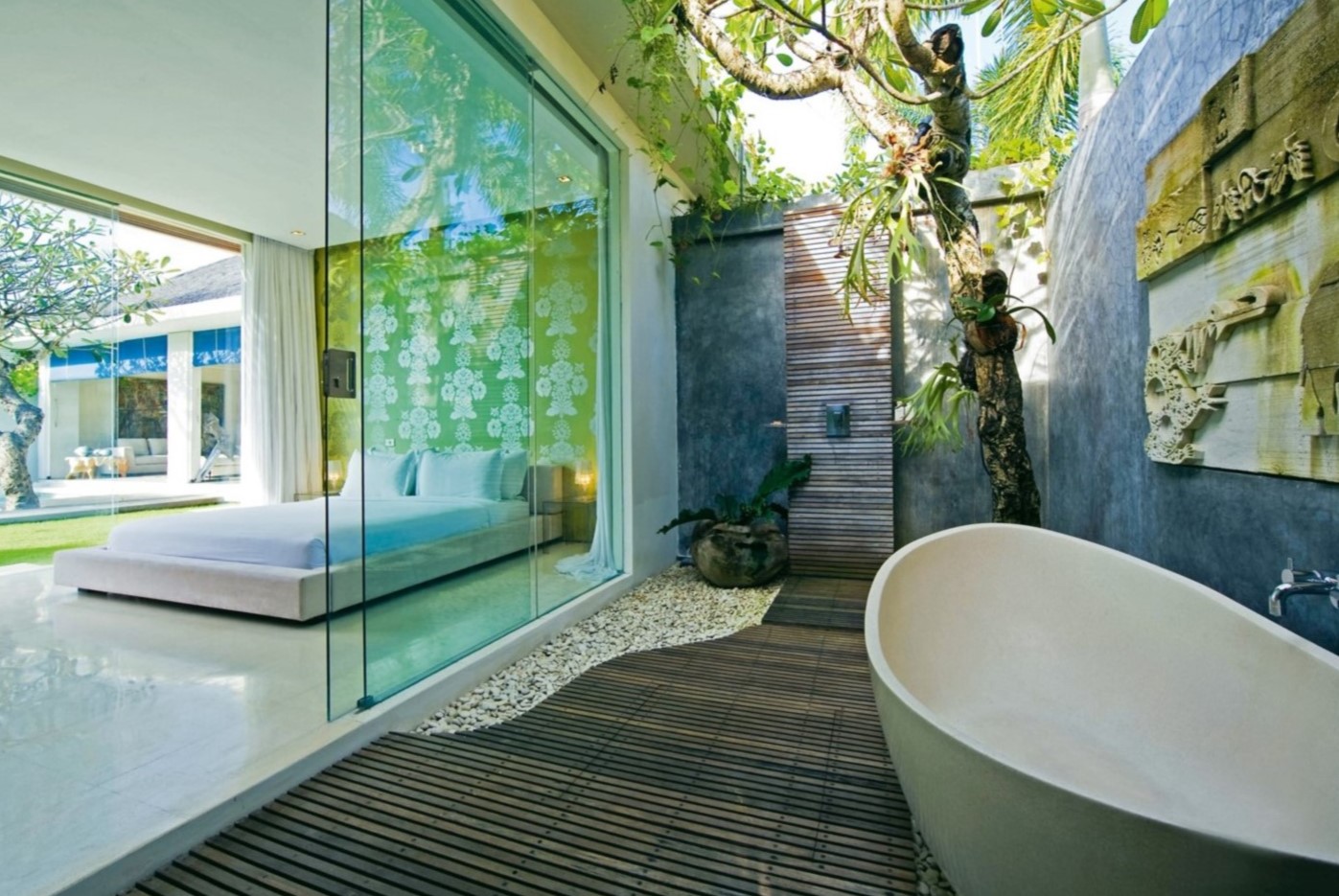
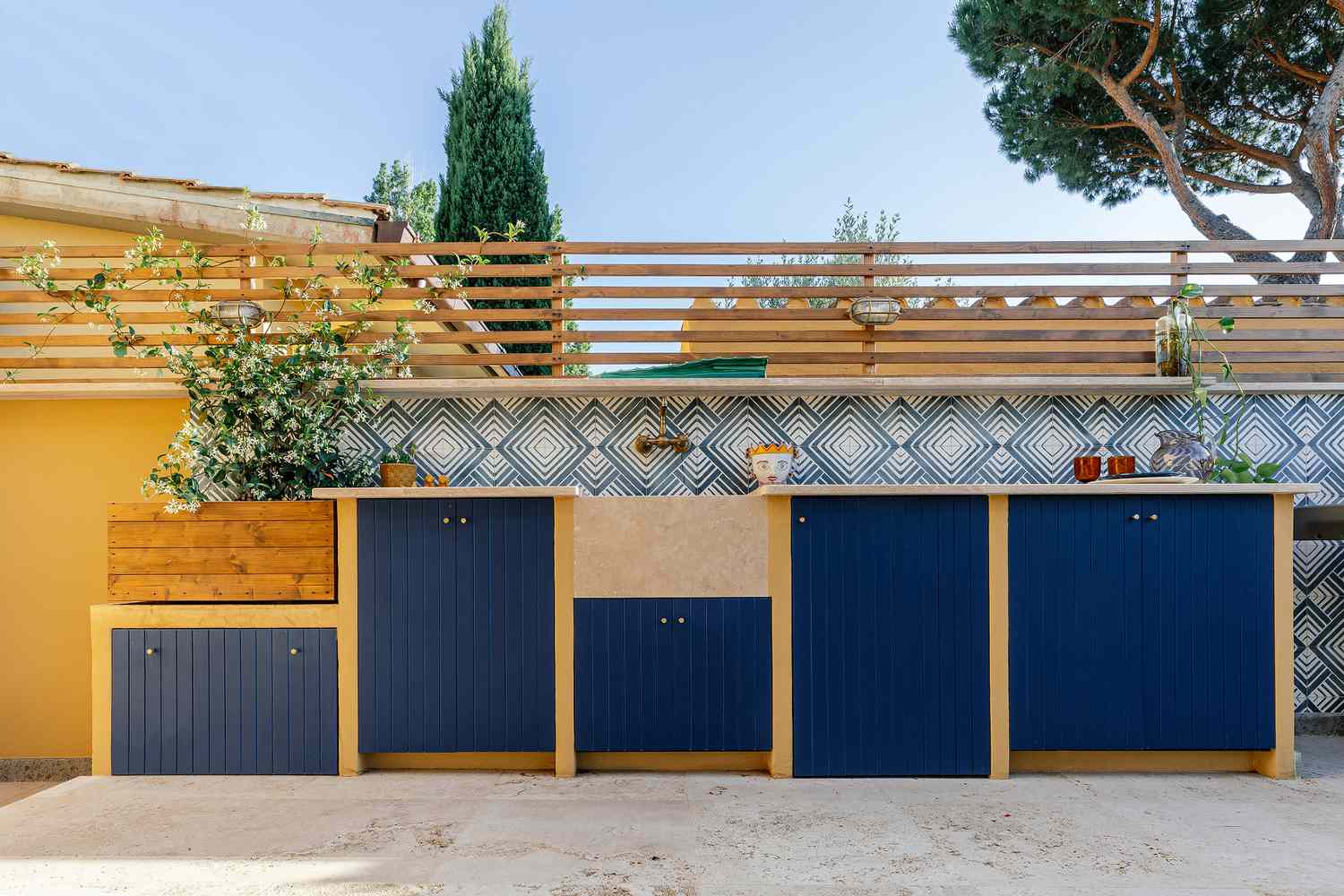
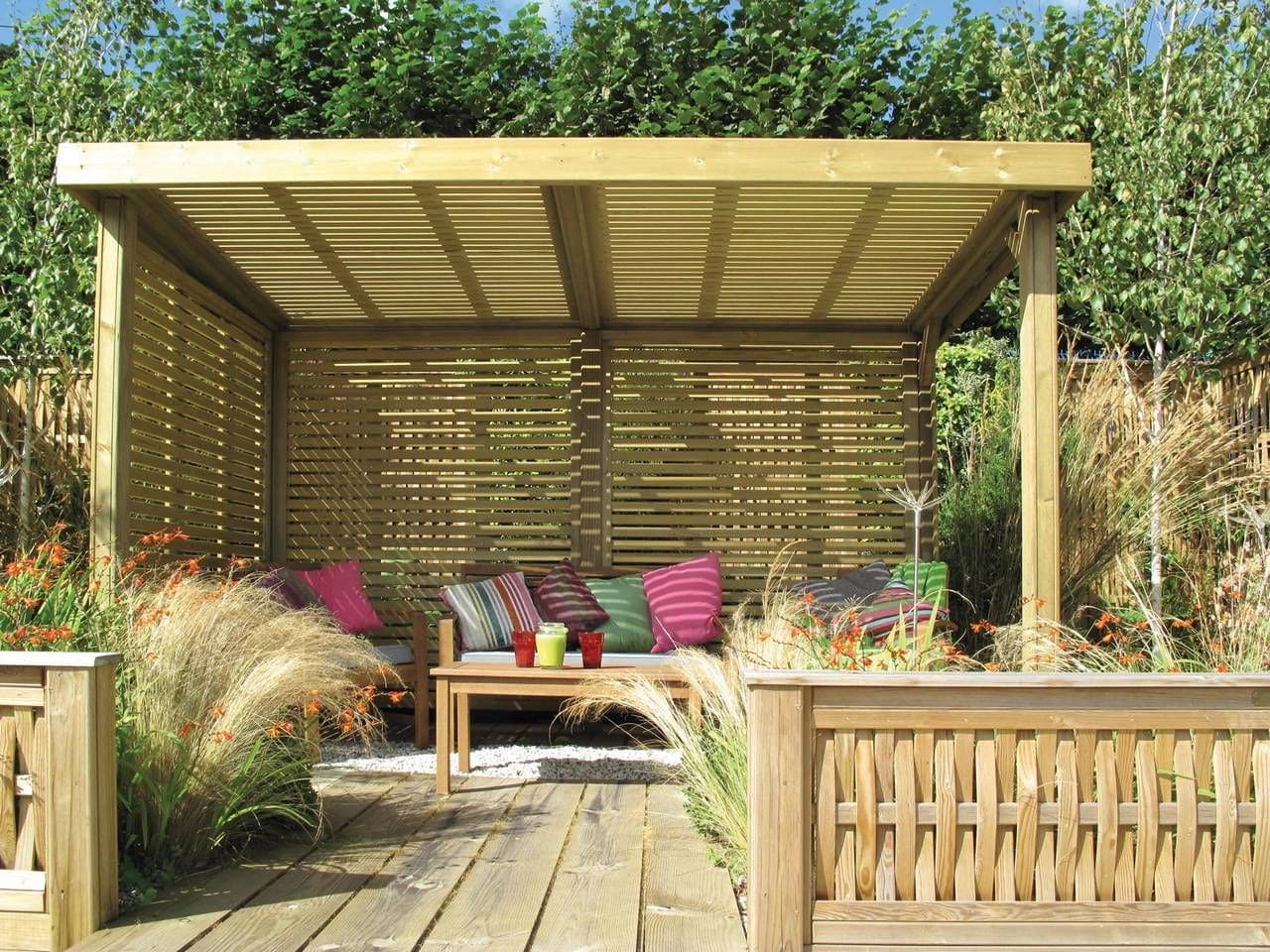
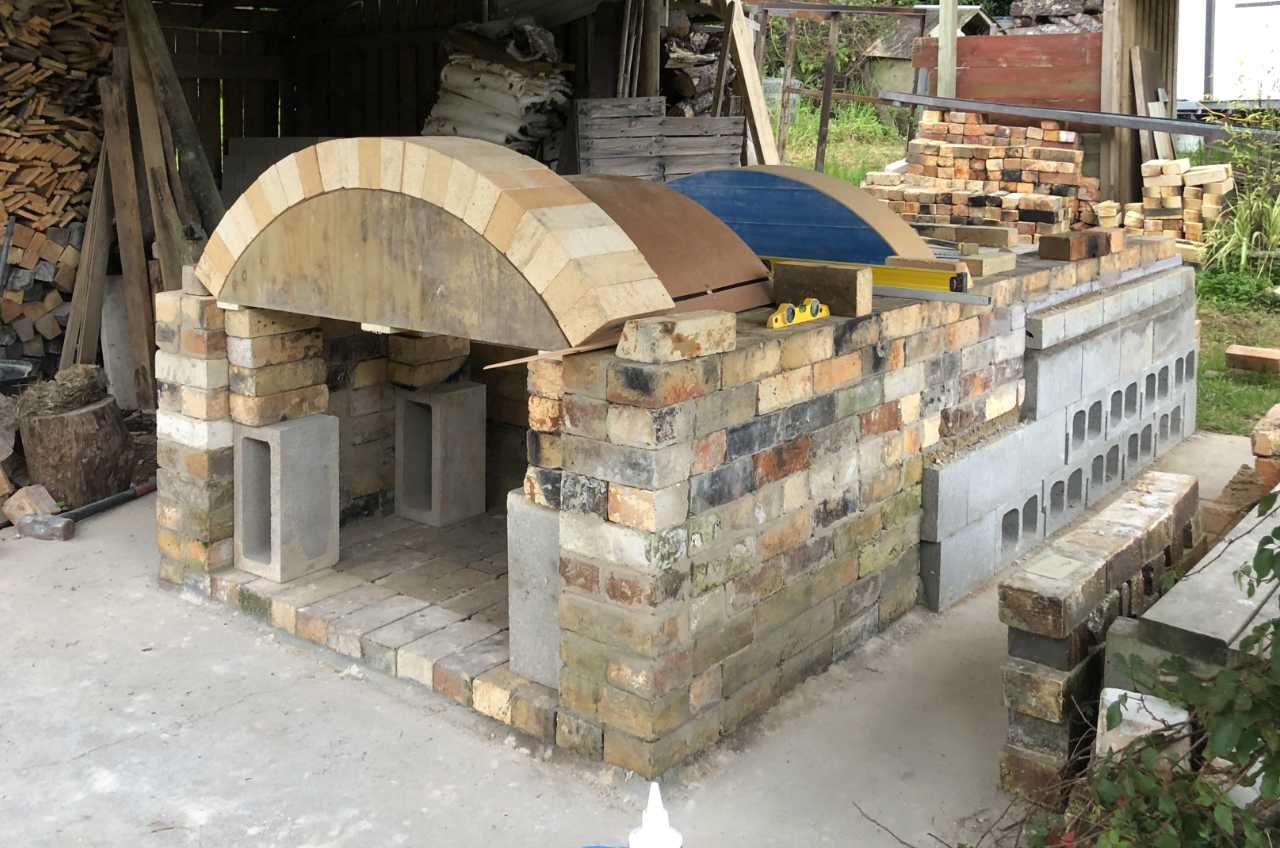
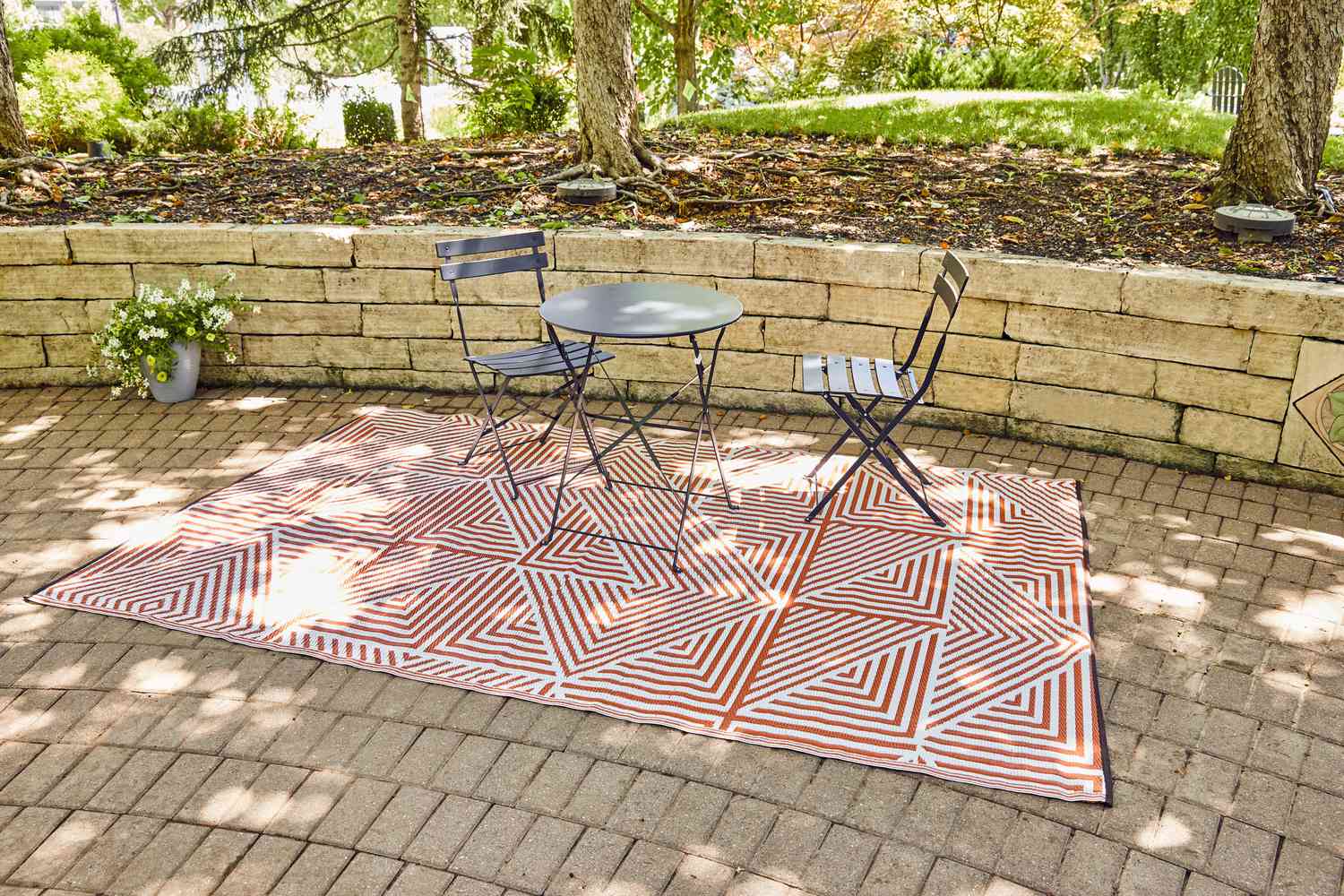
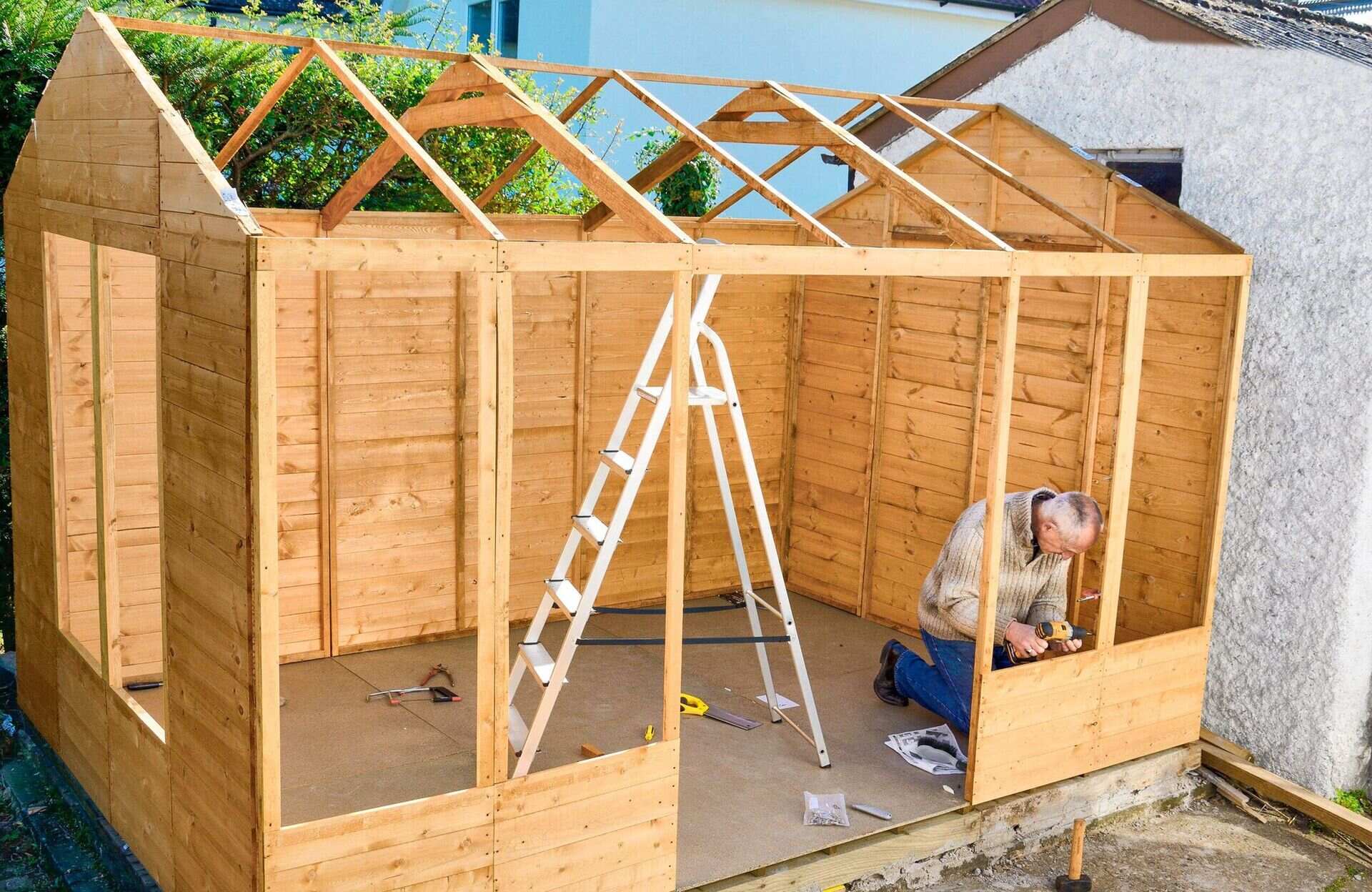
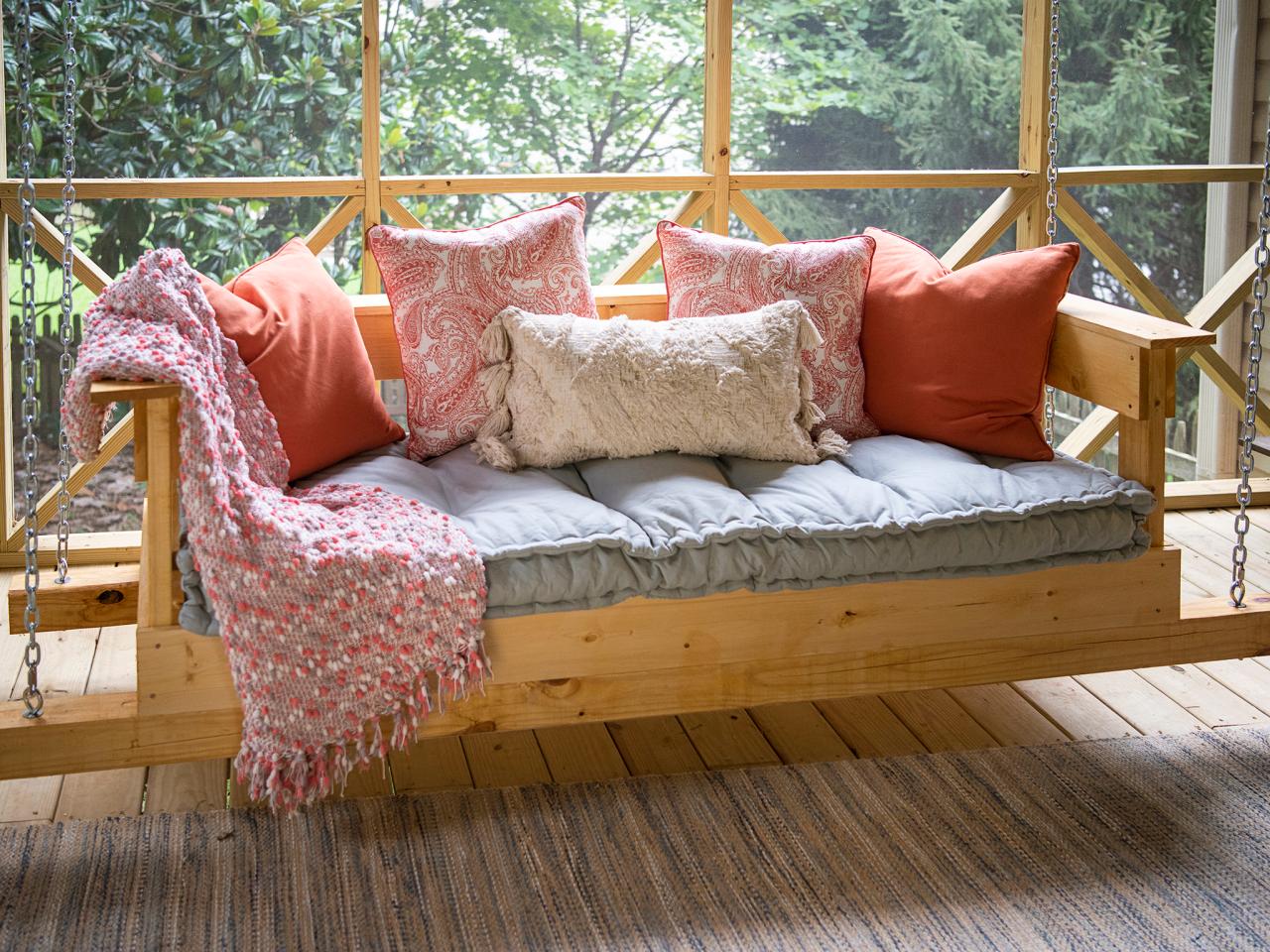
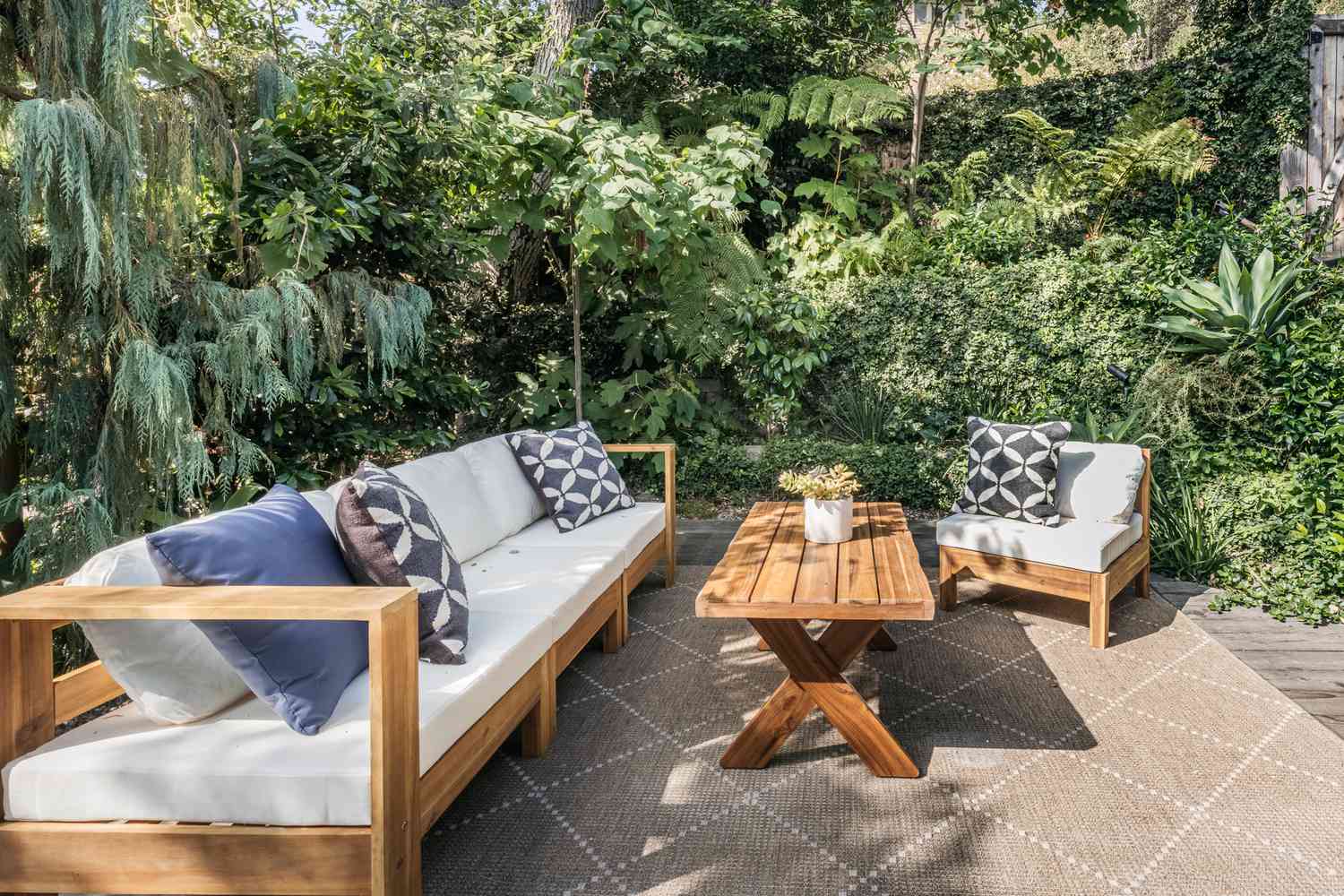
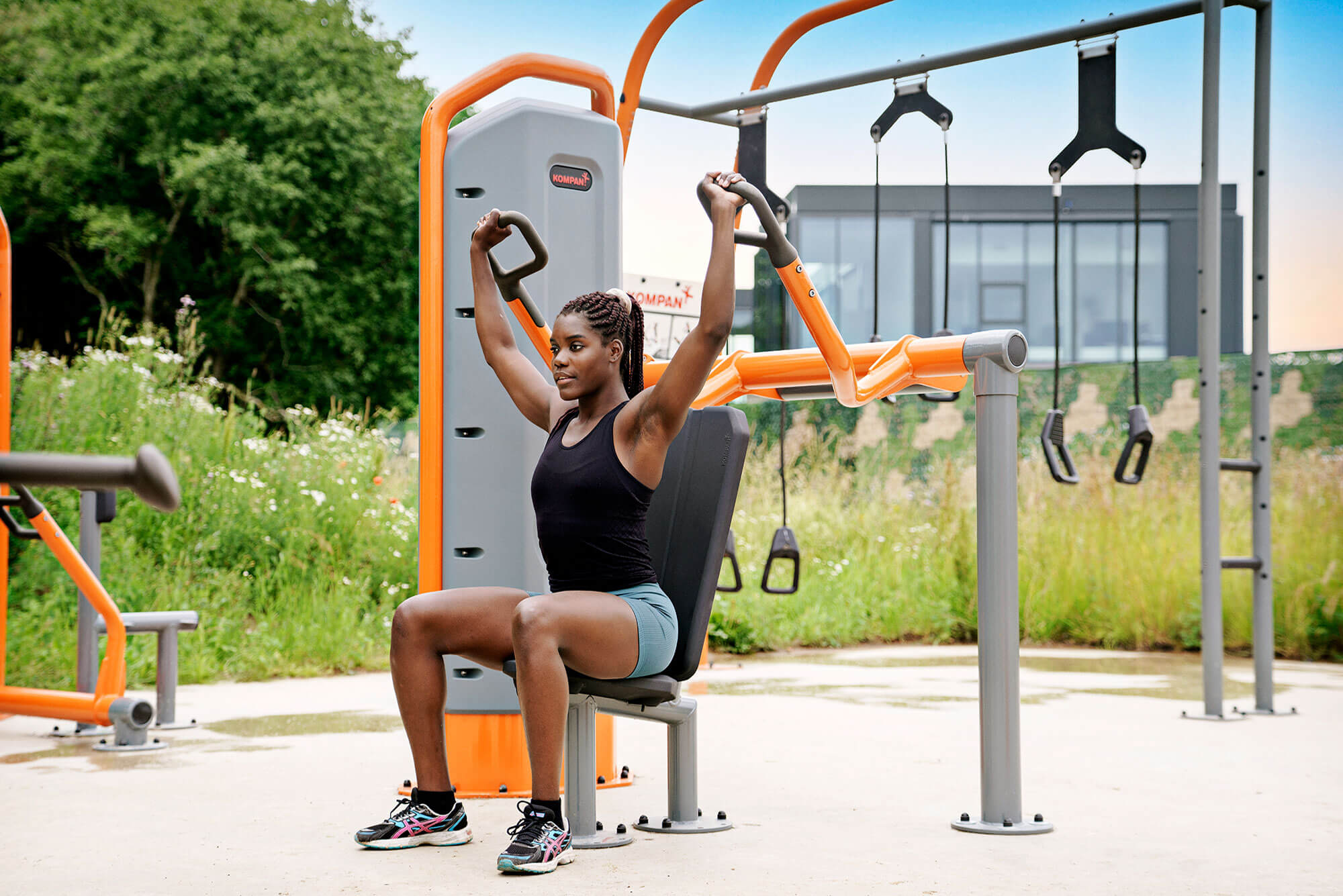
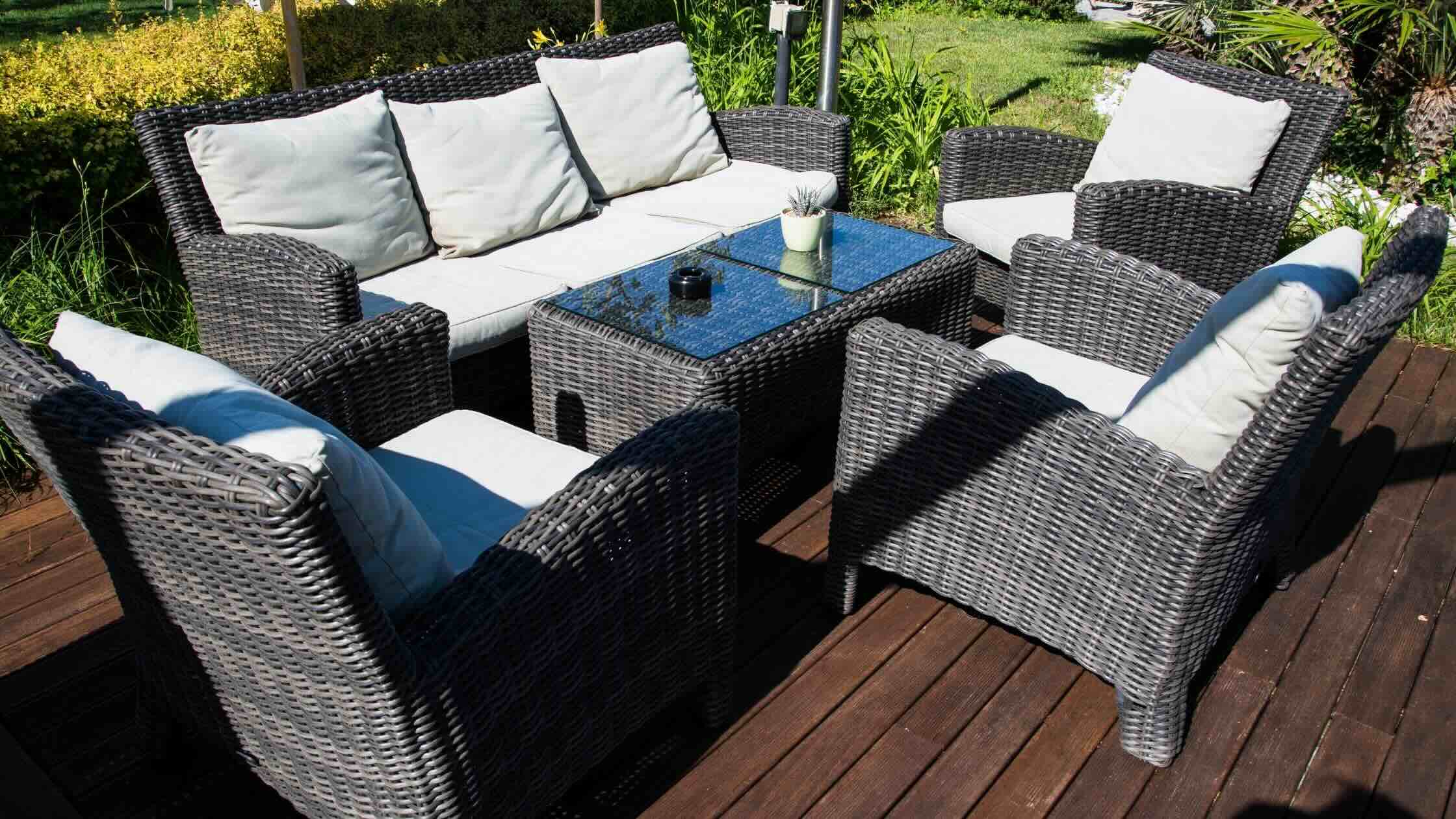
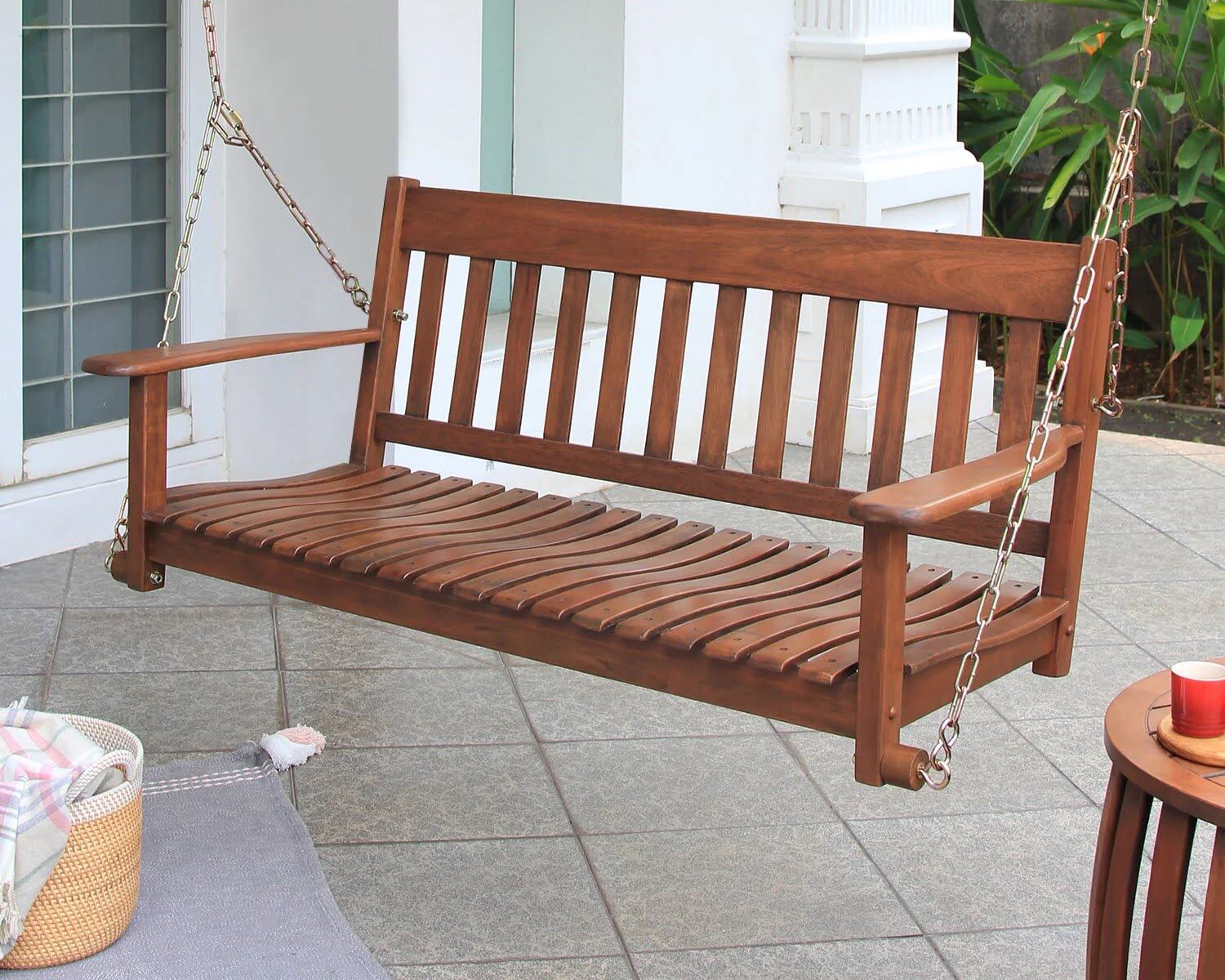

0 thoughts on “How To Build An Outdoor Riding Arena”